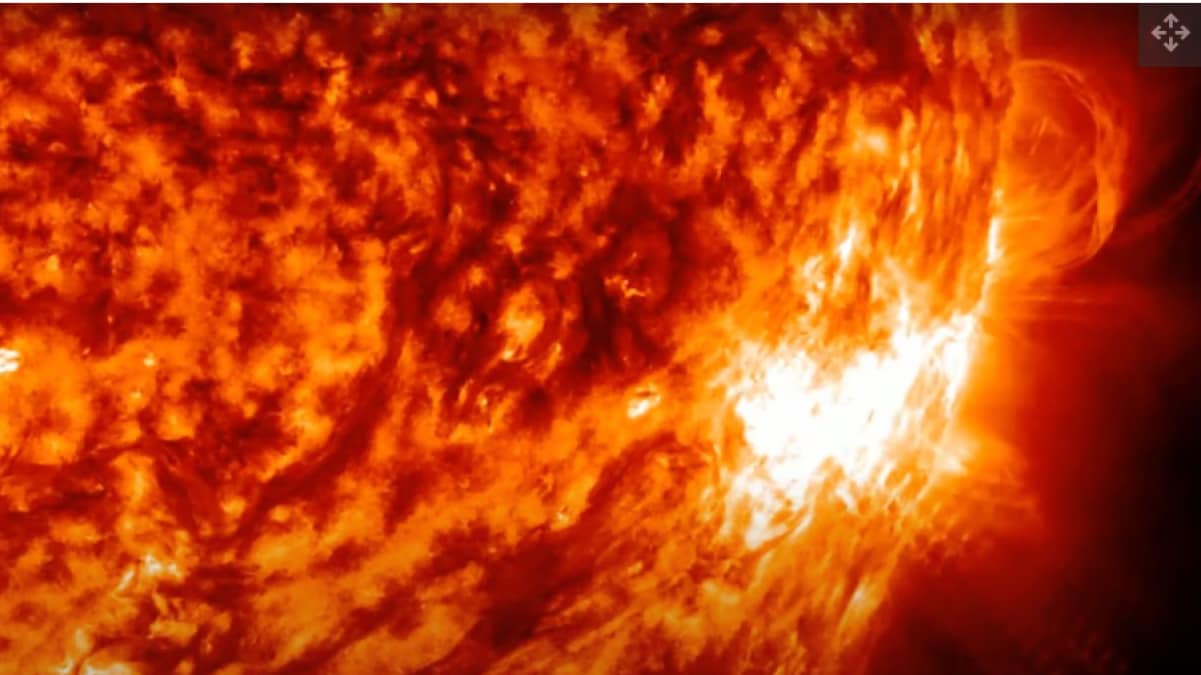Solar flare causes radio interference across America

On October 7, 2024, an active sunspot, AR 3842, fired a class X2.1 solar flare, causing temporary radio blackouts over parts of North and South America and over the Pacific Ocean. This event followed another powerful eruption from the same sunspot several days earlier. On October 3, AR 3842 unleashed the strongest solar flare of Solar Cycle 25, a class X9.05 eruption. The last eruption, recorded at 3:13 PM EDT, led to an increase in ultraviolet radiation, disrupting shortwave radio communications.
Classifications of solar flares explained
Solar flares are classified from class B, which is the weakest, to class X, which represents the strongest solar flares. Although the October 7 eruption was not as intense as that of last week’s historic X9.05, it still produced significant effects, including radio interference. The most powerful solar flare ever recorded occurred in 2003 and was estimated to be an X45 class event.
Potential consequences of coronal mass ejection (CME)
The US National Oceanic and Atmospheric Administration’s (NOAA) Space Weather Prediction Center confirmed that Monday’s eruption included a coronal mass ejection (CME), which is currently being analyzed for possible impact on Earth. Although CME events typically take a few days to reach our planet, they can cause geomagnetic storms that disrupt satellites, power grids and GPS signals.
Monitoring solar activity for future risks
Earth-centered CMEs are of particular interest because they can result in more than just mid-latitude auroras. Stronger solar activity could impact critical technology systems. NOAA continues to monitor data from its solar observing satellites and any potential risks to infrastructure will be assessed based on the strength and direction of the CME.
By monitoring such solar events, scientists aim to better predict and limit any harmful effects on Earth’s systems.




